This week was another HR/interview based session, focusing more on the recruitment process ‘behind the scenes’ and some of the steps that the HR people go through from taking in applications to finishing with some new employees.
We had a friendly HR manager from 3SDL to talk to us about how he likes to go through the recruitment process giving us some great tips on both interviewing our new CADS members and also some great interviewing tips when we get interviewed for roles in the future.
The recruitment process starts by advertising the available positions, this usually includes persuading people to actually apply in the first place, by telling them what kind of skills are needed and what they can come out with at the end of their job.
After people have submitted their CVs (and sometimes cover letters), they get screened and shortlisted. Here are some of the things that are looked for by employers:
- Length – A CV that is too long is quite hard to read the whole way through without getting a bit boring. A CV that is too short can’t get enough information through to the employer. So, CVs that are too long or short are discarded. Usually 1 or 2 double-sided pages is a good length.
- Organisation – A CV that is well organised makes it easier for the employer to find what they need to know. A CV that is super unorganized makes it really difficult for the employer to read. So, CVs that are too unorganized are discarded.
- Spelling and Grammar – This one is pretty self-explanatory. CVs with bad spelling and grammar mistakes are discarded.
It is really important to make a good impression with a CV because most CVs are only looked at for a couple of seconds.
After the potential applicants are whittled down to about 50 (depending on the company size, etc…), interviews can start to be conducted. See our previous post on Interviewing Techniques. Like in that post, interviewers like to use techniques to make the interviewee feel at ease and comfortable.
